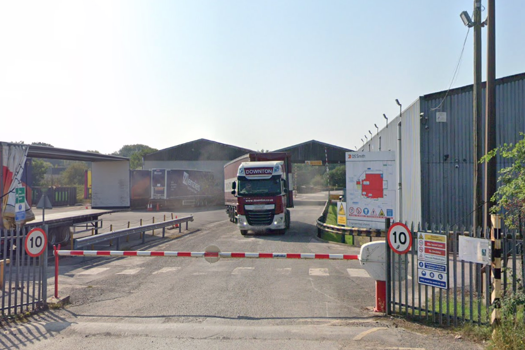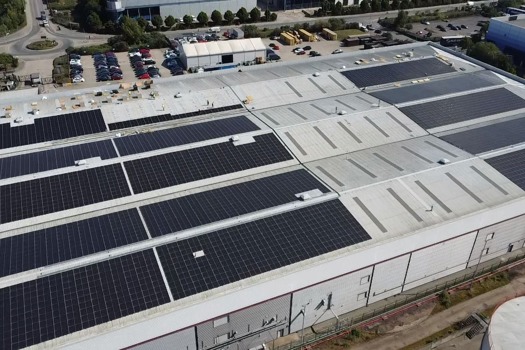Manroland 200

Manroland's 200 range of compact presses has become a driving force in the market by offering flexibility and power, writes Nosmot Gbadamosi
In the late 1980s, Manroland hit upon the idea of manufacturing a compact press that could incorporate the same features as its larger, beefier machines. The upshot of this brainstorm was the Roland 200. More than 20 years later, the small press with the big ambition is still in production.
A major attraction of the new machine was its size. Because the B2 press had a built-in delivery, it was able to offer a smaller footprint of 5.4m by 2.9m for a typical four-colour press and a maximum output of 12,000 sheets per hour (sph), so it was clearly aimed at the high-end market.
According to Adam Robotham, commercial sales manager at Manroland UK, the machine also offered greater flexibility on substrates – it could handle a wide range of stock thickness from 0.04mm up to 0.8mm. "No other competitor offered 0.8mm in that format," claims Robotham.
As a result the Roland 200 could handle a wider range of applications such as printing on to board. Robotham points out that the double-diameter impression cylinders and transferters used on the machine are important for printing thicker sheets and are the same used on Manroland’s larger format presses.
Optional extras
The Roland 200 has a remote-controlled inking colour-control system integrated in the delivery and an automatic plate-changing system offered as an optional extra. Other options include Manroland’s ColorPilot colour control system, an electronic double-sheet detector and an alternative basic console for the ColorPilot system. A board guide, which prevents sheets knocking against the transferters, is available as an option. It also includes a cover frame on the feedboard and sheet rear-edge guides above the impression cylinders.
The machine can be configured with up to six units and, for presses with five or six units, options for coating, scoring and perforating are also available. For carton printing, there is an option to print full solids without gutters.
At Drupa 2008, the manufacturer launched a high-pile delivery version, the 200 H, offering a pile height of 900mm. "We’d noticed a demand for high-pile delivery which led to the introduction of the 200 at Drupa," explains Robotham.
In response to customer demands, the manufacturer upgraded the 200’s productivity to 13,000sph in 2000. And this year, developments on the machine continued with the 200 LV introduced at Ipex. The LV version offered a dedicated coating unit on four-colour models.
More than 20 years after the original model was launched, the 200 remains popular today, according to Robotham. "The used market is quite strong for the 200. People like it because of the flexibility in the variety of substrates it can handle," he says.
In addition to interest from the UK, India and China, South America promises to be a buoyant market for used sheetfed presses such as the 200.
Manroland also sells used machines. When sourcing used presses it is advisable to check for common problems such as cylinder and ink-roller damage. The manufacturer offers service contracts through its ProServ maintenance agreements. Users can choose from a basic contract up to one offering all parts and covering all service requirements. A new Roland 204 H LV costs about £490,000, while a used Roland 204 made in 2005 costs around £160,000.
SPECIFICATIONS
Printing units 2-6
Speed 13,000sph
Min sheet size 210x297mm
Max sheet size 520x740mm
Max image area 510x735mm
Stock thickness 0.04–0.8mm
Delivery pile height 500mm
Footprint 3.6x2.9m (2-colour)
Weight 8,800kg
Price
New: 204 H LV £490,000
Used: 2005 204 £160,000
What to look for
Cylinder damage
Rollers
Service history








